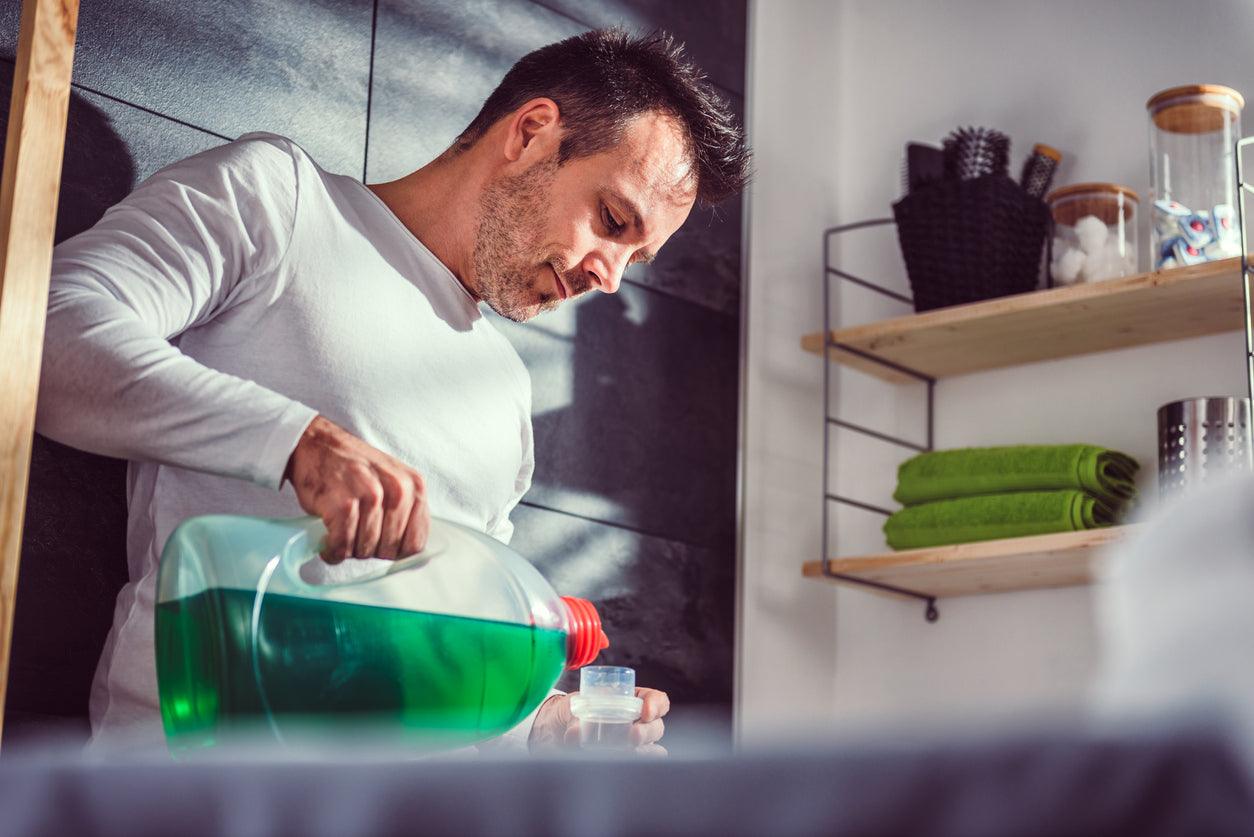Clean, bright white sheets can leave you sleeping soundly, but it’s not uncommon for them to get stained or start to look a bit dingy or run down.
Bleach is a powerful tool to whiten your sheets, but it’s not as easy as just throwing it into a load of laundry and hoping for the best. Here’s your ultimate guide to how to bleach your sheets and keep them looking as fresh as when you first bought them.
1. Clean Your Sheets First
Bleach should only be used on washed white fabric. Your unwashed sheets are covered in dirt, grime, and sweat that can contain protein. The chlorine in bleach reacts with proteins leaving behind yellow patches. To avoid this, you have to remove the protein traces first by running your sheets through a normal load of wash.
2. Wash With Bleach
Once you have clean sheets, run the wash again with a half a cup of bleach for the best and brightest results.
3. Optional Rinse
Some people have a strong allergic reaction to bleach or do not like the lingering chemical smell. If you are sensitive to bleach, wash and rinse your sheets again to remove any residual bleach smell.
How Often Should I Wash My Sheets?
Even if you shower before you get into bed, you will still leave your bed a little bit dirtier when you wake up. Your bed gets slowly dirtier each night as you leave dead skin cells, hair, body oil, and maybe even sweat. In addition to what you bring to the bed with you, there’s ambient dust, mold, bacteria, and fungi that can land on your bed. Even if you can’t see the small allergens in your bed, they can lead to sneezing, runny nose, sore throat, skin irritation, breathing difficulties, or other allergic symptoms.
To reduce the allergens and dust that are in your bed, you should clean your sheets at least once a week. If you are using white bedsheets, you can wash them even more frequently to keep them sparkling white.
Which Cycle Should I Use?
For most fabrics, wash your white sheets in hot or warm water. Check the care tag that comes with your sheets to know what works best. Instructions may vary depending on the fabric material.
Don’t overload the washer, no matter which cycle you use. To get the best results, your sheet needs to be able to move through the water freely. If it is packed in too tightly, it won’t agitate properly and won’t get as clean
What Fabric Softeners Should I Use?
Fabric softeners can make the fabric feel smooth and smell fresh, but they come with a major downfall. Fabric softeners don’t easily rinse out, which can cause a chemical build-up on your fabric. That build-up grows each time you use it and can cause the fabric to get covered in build-up and never be properly cleaned.
A better option is to use vinegar. Pour a half cup of distilled white vinegar into the fabric softener tray. This can help whiten your sheets and act as a great fabric softener that won’t add unwanted build-up on your sheets. If you want your sheets to smell great after using vinegar, add wool balls with a drop or two of your favorite essential oil in your dryer.
How Do I Get Stains Out of My Sheets?
Treat the stain as soon as you notice it. Do not let the stain sit or set.
Before you use any cleaner, check the care instructions on your sheets. If it warns against using bleach, do not use bleach because you could damage the fabric. Generally, you can’t use bleach on wool, silk, or spandex.
Before you try to bleach your sheets, you need to test and see what will happen. Using roughly a tablespoon of bleach in ¼ cup of water, test an inconspicuous corner. After about one minute, blot out the bleach solution and let it thoroughly dry.
If the test goes well, you can choose to either target the stain directly or try to soak the entire sheet. If you are looking to target a stain, use the same ratio of bleach to water you used in your test and apply the solution directly to the stain. Let it sit for 30 minutes. Wash and dry your sheet as normal.
If you would like to soak the entire sheet, use about ¼ cup of bleach for 1 gallon of water. Keep this ratio if you need more. Soak the sheet for 30 minutes and wash it as part of a regular cycle.


Share:
How to Make Your Bed Comfortable From the Ground Up
Best Essential Oils for Sleep